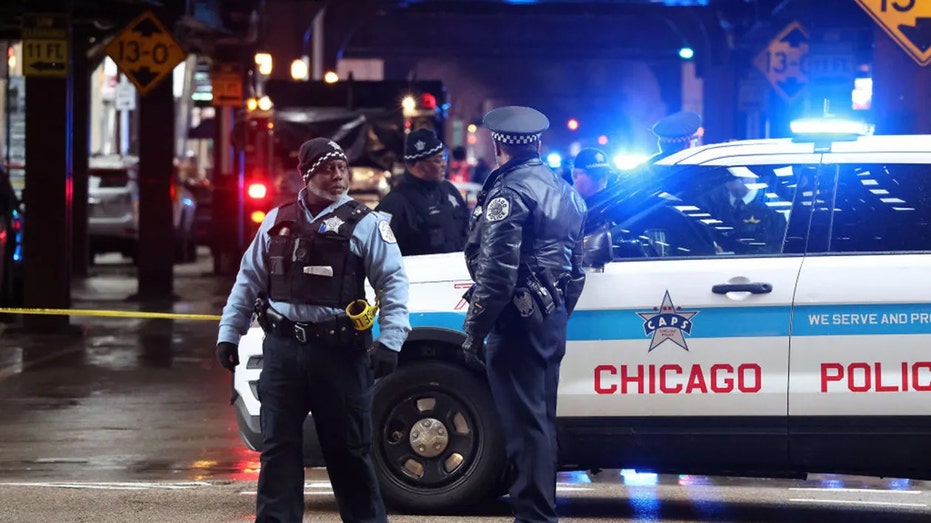A federal judge in Illinois is poised to make a sweeping decision that could dramatically alter immigration enforcement, potentially leading to the release of thousands of detainees. The case centers around recent ICE actions and a prior legal settlement, igniting a fierce debate over the limits of federal authority.
U.S. District Judge Jeffrey Cummings, appointed by the Biden administration, is considering granting “equitable relief” in response to claims that ICE violated a 2022 consent decree. This relief could force immigration authorities to release detainees into alternatives to detention – programs relying on ankle monitors and smartphone check-ins – methods often criticized for their ineffectiveness.
The dispute stems from “Operation Blitz,” a nationwide ICE crackdown targeting criminal and repeat immigration offenders. Attorneys with the National Immigrant Justice Center (NIJC) allege that over 3,000 arrests made during this operation breached the terms of the Castañon Nava settlement.

The 2022 Castañon Nava settlement placed specific restrictions on ICE agents operating in Illinois and surrounding states, requiring them to establish “probable cause” and assess flight risk *before* making warrantless arrests. The NIJC argues these conditions were systematically ignored during Operation Blitz.
According to Mark Fleming of the NIJC, a review of case files reveals widespread violations of the consent decree. He asserts that the vast majority of arrests lacked the required prior removal order, indicating a clear disregard for the established legal framework.
The Department of Homeland Security is pushing back, arguing that Congress has explicitly limited the authority of federal courts to order the release of immigrants on parole. Government attorneys maintain that the power to grant parole rests solely with the Secretary of Homeland Security.
This legal battle highlights a fundamental tension between immigration enforcement priorities and established legal safeguards. The judge’s impending decision will have significant ramifications for both ICE’s operational capabilities and the rights of those detained within the immigration system.
The core of the disagreement revolves around the interpretation and application of the Castañon Nava settlement. Advocates claim ICE circumvented the rules, while the government insists it acted within its legal boundaries, even as those boundaries are being challenged in court.




